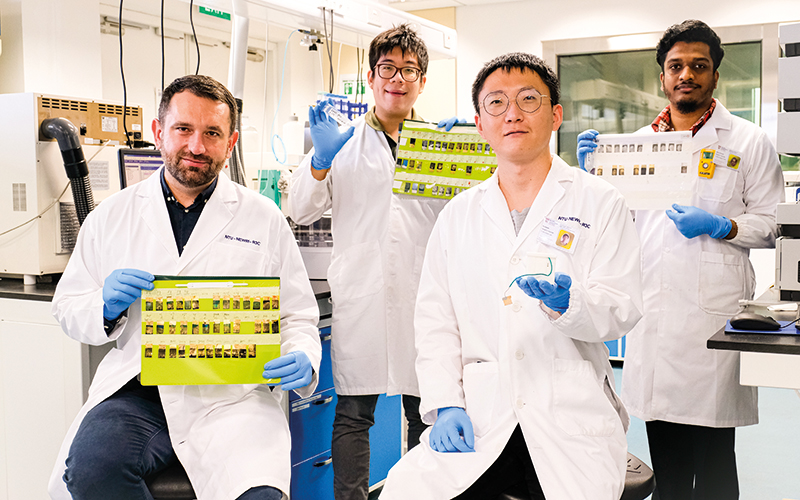A portable device has been developed that produces high-resolution 3D images of human skin within
10 minutes.

A team of scientists from Singapore is behind the portable skin mapping device, which they say could be used to assess the severity of skin conditions, such as eczema and psoriasis.
3D skin mapping could be useful to clinicians, as most equipment used to assess skin conditions only provides 2D images of the skin surface.
As the device also maps out the depth of the ridges and grooves of the skin at up to 2mm, it could also help with monitoring wound healing.
The device presses a specially devised film onto the subject’s skin to obtain an imprint of up to 5cm by 5cm, which is then subjected to an electric charge, generating a 3D image.
The researchers designed and 3D-printed a prototype of their device using polylactic acid (PLA), a biodegradable bioplastic. The battery-operated device measures 7cm by 10cm, weighs only 100g and the prototype was developed at a fraction of the cost of devices with comparable technologies.




